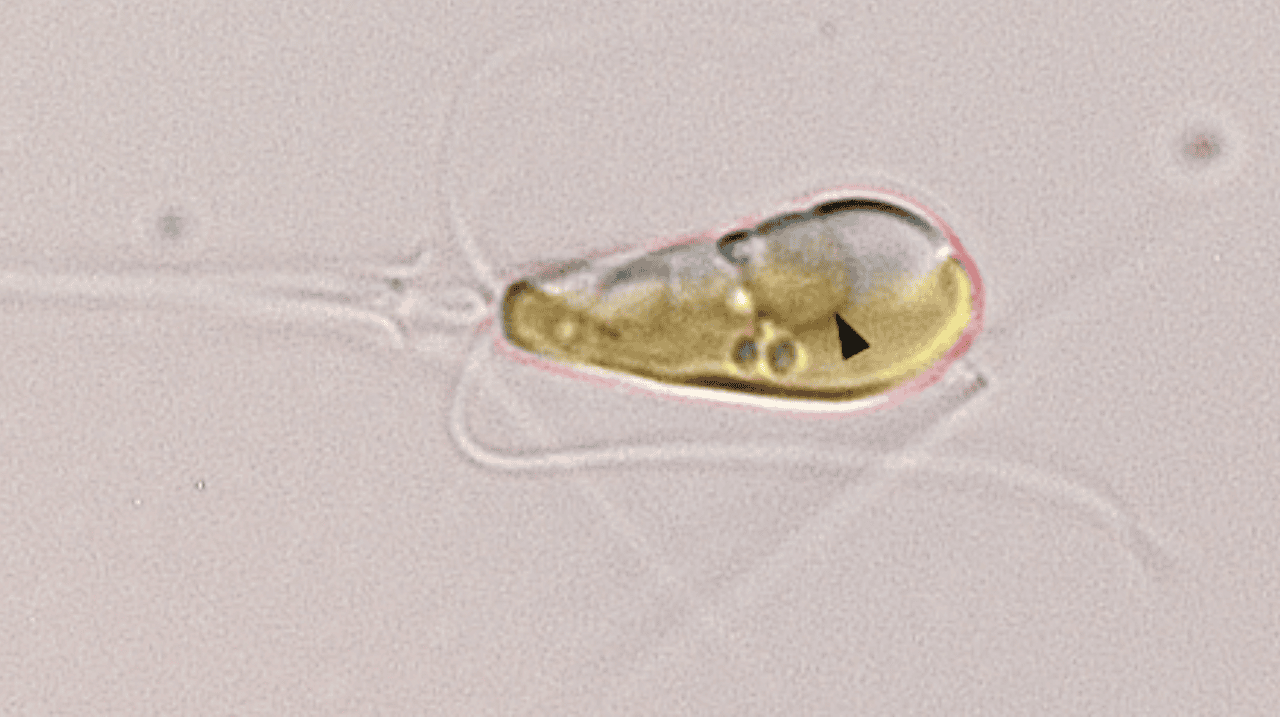
The Birth of the Nitroplast
In an unprecedented discovery, researchers have documented a rare evolutionary leap where an algae species has absorbed a cyanobacterium, merging into a single organism. In the process, the cyanobacterium has become an organelle. This event, known as primary endosymbiosis, has transformed the cyanobacterium into a functioning part of the algae, similar to how ancient microbes became mitochondria and chloroplasts, the power generators in today’s plants and animals.
This newly identified organelle, termed a ‘nitroplast’, represents only the fourth known instance of primary endosymbiosis — where a smaller prokaryotic cell is absorbed by and becomes an integral part of a larger eukaryotic cell. The new two-in-one single organism has the remarkable ability to extract nitrogen directly from the air — a feat its ancestors could not achieve. The last time evolution witnessed a primary endosymbiosis event, that we know of, plants appeared.
Nitroplasts evolved from a cyanobacterium called Atelocyanobacterium thalassa (UCYN-A) becoming absorbed by the unicellular algae Braarudosphaera bigelowii. This event occurred just 100 million years ago, the researchers recently concluded.
What this means is that, unlike typical symbiotic relationships where plants rely on external bacteria for nitrogen fixation, in B. bigelowii, this capability is internalized. Previously, only some prokaryotes like bacteria were thought to have this ability. B. bigelowii is, so far, the only eukaryote capable of converting nitrogen to ammonia all by itself.
The Winding Path of Discovery
The journey to this discovery was neither quick nor straightforward. In 1998, Jonathan Zehr, a marine sciences professor at UC Santa Cruz, stumbled upon a DNA sequence hinting at a then-unknown nitrogen-fixing cyanobacterium in the Pacific Ocean. This marked the beginning of a quest involving numerous researchers across continents.
Kyoko Hagino, a paleontologist from Kochi University in Japan, faced a parallel challenge while she painstakingly tried to culture a species of marine algae. This species would eventually prove to be the host for the mysterious organism UCYN-A. Her success, after more than 300 previous failed attempts, allowed scientists to examine UCYN-A and its interactions with its host in the lab.
According to the research, the relationship between UCYN-A and its algal host is characterized by a synchronized exchange of nutrients. Their metabolisms are linked.
“That’s exactly what happens with organelles,” said Zehr. “If you look at the mitochondria and the chloroplast, it’s the same thing: they scale with the cell.”

Further compelling evidence came from advanced imaging techniques developed by researchers at Berkeley Lab. Using a soft X-ray tomography approach, the scientists vividly captured the organelle’s dynamics during cell division. The images showed that UCYN-A is intrinsically linked with the algal cell’s process.
Finally, the researchers analyzed the protein compositions of UCYN-A. They discovered that about half of the proteins in UCYN-A are derived from the algae host. These host proteins are labeled with an amino acid sequence that guides the cell to transport them into the nitroplast.
“That’s one of the hallmarks of something moving from an endosymbiont to an organelle,” said Zehr. “They start throwing away pieces of DNA, and their genomes get smaller and smaller, and they start depending on the mother cell for those gene products — or the protein itself — to be transported into the cell.”
Nature’s newest organelle
The findings from these long-term and international efforts, recently published in Cell and Science, illustrate how UCYN-A has evolved from merely being closely associated with an alga, to becoming an integral part of its cellular structure — an organelle.
The emergence of the nitroplast is only the fourth known example of primary endosymbiosis. The other three examples are mitochondria (believed to have originated from the engulfment of aerobic bacteria by an ancestral eukaryotic cell), chloroplasts (originating from a eukaryotic host cell engulfing a photosynthetic cyanobacterium), and another chloroplast-like structure called a chromatophore. These organelles evolved over a billion years ago.
The nitroplast is not only important for improving our understanding of cellular evolution but also holds significant implications for broader ecological and agricultural systems.
The synthesis of ammonia-based fertilizers from atmospheric nitrogen, initiated in the early 20th century through the Haber-Bosch process, significantly boosted agricultural productivity and global population growth. However, this process is also responsible for about 1.4% of worldwide carbon emissions. For years, scientists have explored ways to harness natural nitrogen fixation in farming to reduce reliance on industrial processes. The nitroplast and its capabilities might pave the way for new, sustainable agricultural technologies.
“This system is a new perspective on nitrogen fixation, and it might provide clues into how such an organelle could be engineered into crop plants,” said Tyler Coale, a postdoctoral scholar at UC Santa Cruz and first author of the new study.






